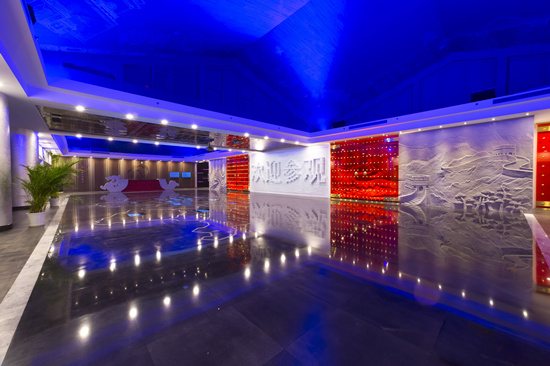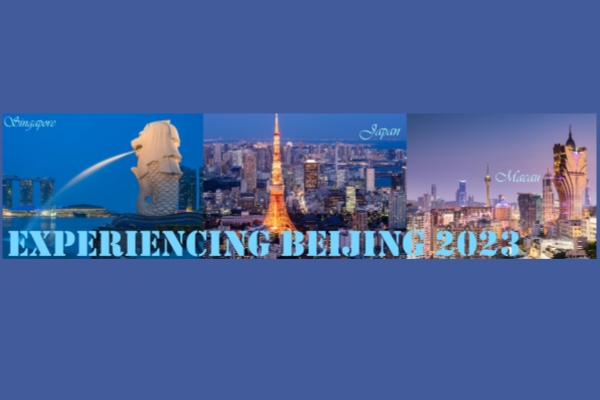Experts discuss recovery of cultural relics from abroad
Scholars of museums and legal studies gathered at Shanghai University on Monday and Tuesday to discuss the introduction of more progressive measures and innovative operations that would facilitate the return of illegally acquired cultural objects to their original communities.
The symposium, Museums, Decolonization and Restitution: A Global Conversation, was hosted by the International Council of Museums and Shanghai University.
Illegal trade in cultural heritage is still the third-largest illegal trade after drugs and arms smuggling in the world, according to UNESCO.
Duan Yong, vice-chancellor of Shanghai University, says there are around 15 million Chinese objects overseas, 10 percent of which were acquired illegally, mainly during the late 1800s and early 1900s.
"From 1949 to 2019, China successfully facilitated the return of more than 300 batches of cultural relics, or 150,000 pieces, through various means," he says.
In the past decade, the international museum community has witnessed a public willingness to return illegally acquired objects to their original communities, he adds.
Wang Yunxia, a professor at Renmin University of China, says international agreements and "soft laws "have provided a solid legal basis for the recovery of art that was looted during World War II.
She says the "same measures and principles can be adopted and could play an important role in the recovery of cultural relics acquired from colonial areas through unjust means". She adds that legislation pertaining to the retrieval of objects lost in the past are still inadequate.
"Scholars have suggested adding new items to the amendment to claim China's legal right to overseas objects that were taken from the country illegally in the past."
Laura Evans, an associate professor at University of North Texas in the United States, says returning cultural objects to the source community is not necessarily a loss on the part of a museum. "What the museum might have lost in the original object, they've gained in a far more worthwhile relationship for a museum in the 21st century," Evans says.

 Responsibilities of the SOCAAC
Responsibilities of the SOCAAC Experiencing Beijing 2023
Experiencing Beijing 2023